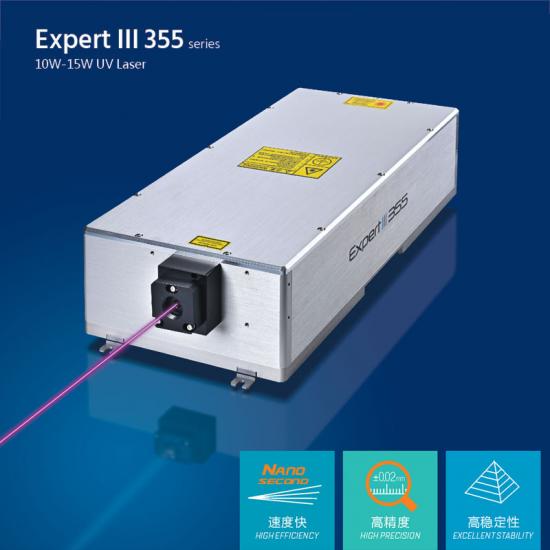Latest Blog
UV Laser Marking Module can also mark and engrave words on glass
Jun 29 , 2022UV Laser Marking Module can also mark and engrave words on glass
In order to solve the technical application of laser marking machine on glass, we must first understand what kind of material glass is?
A: Glass is a transparent, airtight material with a certain hardness.
Anatomy: Glass is an amorphous body. The molten glass cools quickly (supercooling), and the individual molecules do not have enough time to crystallize and form the glass.
Glass in a broad sense is defined as an inorganic substance that does not crystallize during cooling of the melt. According to this definition, amorphous substances produced by methods other than melting methods, such as vacuum evaporation, radiation irradiation, gel heating, etc., cannot be called glass. There are also amorphous metals and amorphous polymer materials that are different in composition from inorganic substances and cannot be called glass. However, the general definition of glass scientifically classifies glass according to the state and properties of the material made. If a material exhibits various characteristic properties of typical classical glass, then, regardless of its composition, it can be Call it glass. Then in this era of marking with laser marking machine as the king, if people's high-level needs are solved through high-tech technology, such as the application of marking on glass.
RFH laser professionals here detail three types of marking techniques commonly used in the glass industry by laser marking machines on the market.

uv laser | green laser | Ultraviolet lasers | uv dpss laser | nanosecond laser | UV laser source | Solid State Lasers
①A laser radiation is used to produce a mark with an obvious outline on the glass surface. After a few days, the laser expands to the area near the original mark to form debris, and then more radiation is used to make the area adjacent to the marked area heated by heat conduction, thereby reducing the number of two This method is very effective for marking on soda lime and borosilicate glass due to the possibility of secondary cracking. One laser radiation is effective for marking on fused silica glass and quartz glass, because these two materials have low coefficients of expansion. It is easy to be called [multiple laser irradiation method]
②Using a series of annular cracks to form text, bar code, square or rectangular code and other shape code patterns. This method is generally used for CO2 laser marking machines, and the CO2 laser marking machine sets a parameter for marking and coding on glass, resulting in fewer cracks. Discrete points appear to form annular cracks. Glass develops low-density annular cracks through heating and cooling cycles. When the glass is heated, it expands and squeezes the surrounding material. When the temperature rises to the softening point of the glass, the glass rapidly expands to form a dome of low-density material that protrudes from the glass surface. [Discrete point forming annular crack method]
③Using the process of heating and cooling to change the surface of the affected glass, this method is not immediately visible, and only after a little pressurization begins to generate pavilion-shaped cracks along the laser marked area. This method prints clear marks on high-quality automotive glass, which requires pure-to-surface. 【Method for generating crack-like surface cracks】